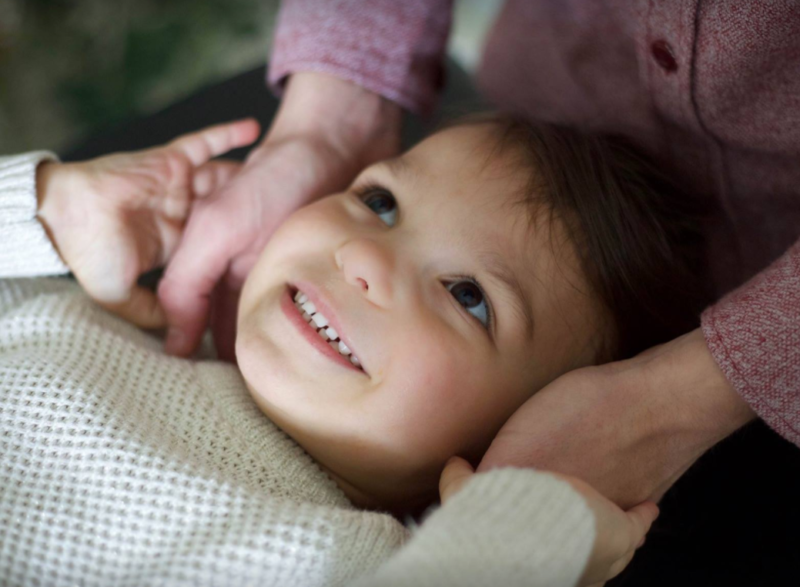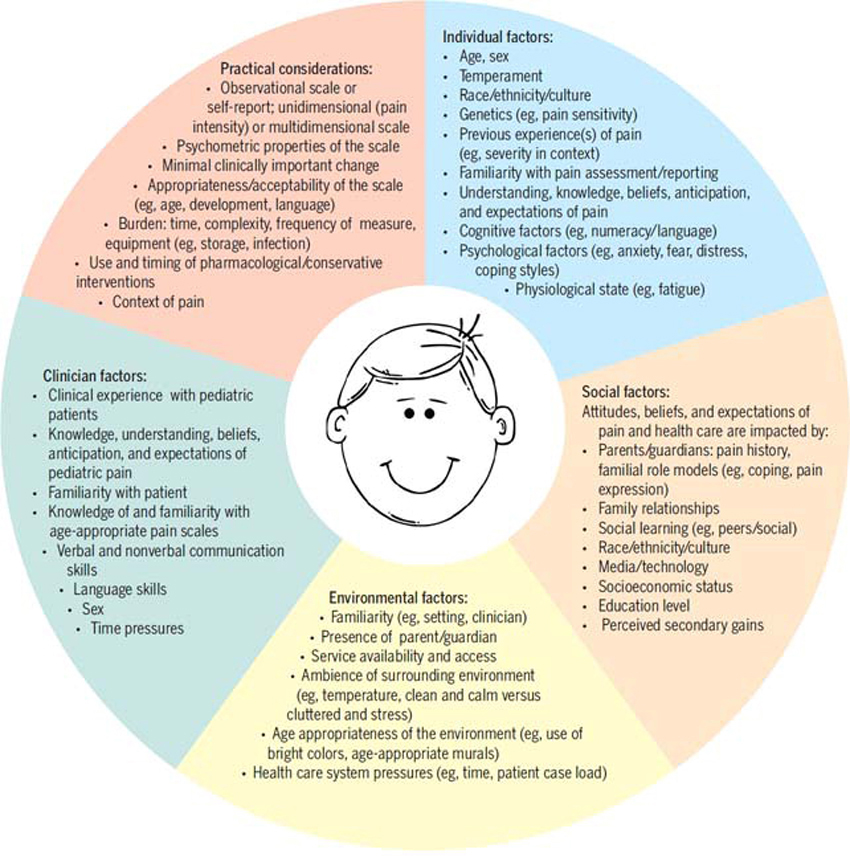Manual Therapy for the Pediatric Population: A Systematic Review
SOURCE: BMC Complement Altern Med. 2019 (Mar 13); 19 (1): 60
Carol Parnell Prevost, Brian Gleberzon, Beth Carleo, Kristian Anderson, Morgan Cark and Katherine A. Pohlman
Palmer College of Chiropractic,
4777 City Center Parkway,
Port Orange, FL, 32129, USA.
BACKGROUND: This systematic review evaluates the use of manual therapy for clinical conditions in the pediatric population, assesses the methodological quality of the studies found, and synthesizes findings based on health condition. We also assessed the reporting of adverse events within the included studies and compared our conclusions to those of the UK Update report.
METHODS: Six databases were searched using the following inclusion criteria: children under the age of 18 years old; treatment using manual therapy; any type of healthcare profession; published between 2001 and March 31, 2018; and English. Case reports were excluded from our study. Reference tracking was performed on six published relevant systematic reviews to find any missed article. Each study that met the inclusion criteria was screened by two authors to:
(i) determine its suitability for inclusion,
(ii) extract data, and
(iii) aasess quality of study.
RESULTS: Of the 3,563 articles identified, 165 full articles were screened, and 50 studies met the inclusion criteria. Twenty-six articles were included in prior reviews with 24 new studies identified. Eighteen studies were judged to be of high quality. Conditions evaluated were: attention deficit hyperactivity disorder (ADHD), autism, asthma, cerebral palsy, clubfoot, constipation, cranial asymmetry, cuboid syndrome, headache, infantile colic, low back pain, obstructive apnea, otitis media, pediatric dysfunctional voiding, pediatric nocturnal enuresis, postural asymmetry, preterm infants, pulled elbow, suboptimal infant breastfeeding, scoliosis, suboptimal infant breastfeeding, temporomandibular dysfunction, torticollis, and upper cervical dysfunction. Musculoskeletal conditions, including low back pain and headache, were evaluated in seven studies. Twenty studies reported adverse events, which were transient and mild to moderate in severity.
There are more articles like this @ our:
CONCLUSIONS: Fifty studies investigated the clinical effects of manual therapies for a wide variety of pediatric conditions. Moderate-positive overall assessment was found for 3 conditions: low back pain, pulled elbow, and premature infants. Inconclusive unfavorable outcomes were found for 2 conditions: scoliosis (OMT) and torticollis (MT). All other condition’s overall assessments were either inconclusive favorable or unclear. Adverse events were uncommonly reported. More robust clinical trials in this area of healthcare are needed.
KEYWORDS: Chiropractic; Manual therapy; Osteopathic; Pediatric; Systematic review
From the Full-Text Article:
Background
Parents consult complementary and alternative medicine (CAM) providers for a wide variety of pediatric conditions. [1, 2] In addition to botanical medicines and supplements, some seek manual therapy including soft tissue therapy, mobilization and high velocity low amplitude manipulations directed to the spine and peripheral joints. The United States (US) Department of Health and Human Services conducts a population-based survey and creates the National Health Interview Statistics (NHIS) reports on the use of CAM with children ages 4–17 every 5 years with results published in 2007 and 2012. Overall, approximately 12% of children used a CAM modality the previous year. [1, 2]
Manual therapy is a CAM therapy regulated for use among many professions (e.g., doctor of osteopathy, medical doctors and physical therapists), but doctors of chiropractic (DCs) are the most likely profession to use manual therapy on a regular basis. [3] According to a recent job analysis of the overall DC profession, 17.1% of chiropractic patients are 17 years of age or less; this increases to 38.7% among DCs who have specialized in pediatrics. [3, 4] Ndetan et al. conducted a sub-analysis of the 2007 NHIS data for chiropractic and/or osteopathic manipulation use and found that 3.3% of US children had received chiropractic or osteopathic manipulation the previous year. [5] Most commonly, children were between 12 and 18 years of age and received care for back or neck pain.
Concerns regarding manual therapy, specifically manipulation [6], have led to complications identified in the literature. However, no prospective population-based active surveillance have been conducted. [7] Serious events are rare, but may be related to high-velocity extension and rotational spinal manipulation. [8] The serious events identified in mostly retrospective studies commonly occurred with patients that had preexisting underlying pathology, which emphasizes the need for a thorough history and physical examination so that abnormal findings are identified prior to manual therapy in a child. [7–9]
Six systematic reviews have previously been conducted to evaluate the use of manual therapy for pediatric health conditions. [9–14] These reviews ranged in manual therapy definitions from high-velocity variable amplitude to profession-specific manipulative therapy. Nonetheless, all reviews concluded that this is a paucity of evidence for the effectiveness of manual therapy for conditions within the pediatric population, especially for musculoskeletal conditions. The purpose of this systematic review was to evaluate the use of manual therapy for clinical conditions in the pediatric population, assess the methodological quality of the studies found, and synthesize findings based on health condition. We also assessed the reporting and incidence of adverse events within the included studies. Additionally, we compared conclusions to Clar et al.’s UK Update manuscript. [10]
Read the rest of this Full Text article now!







Leave A Comment